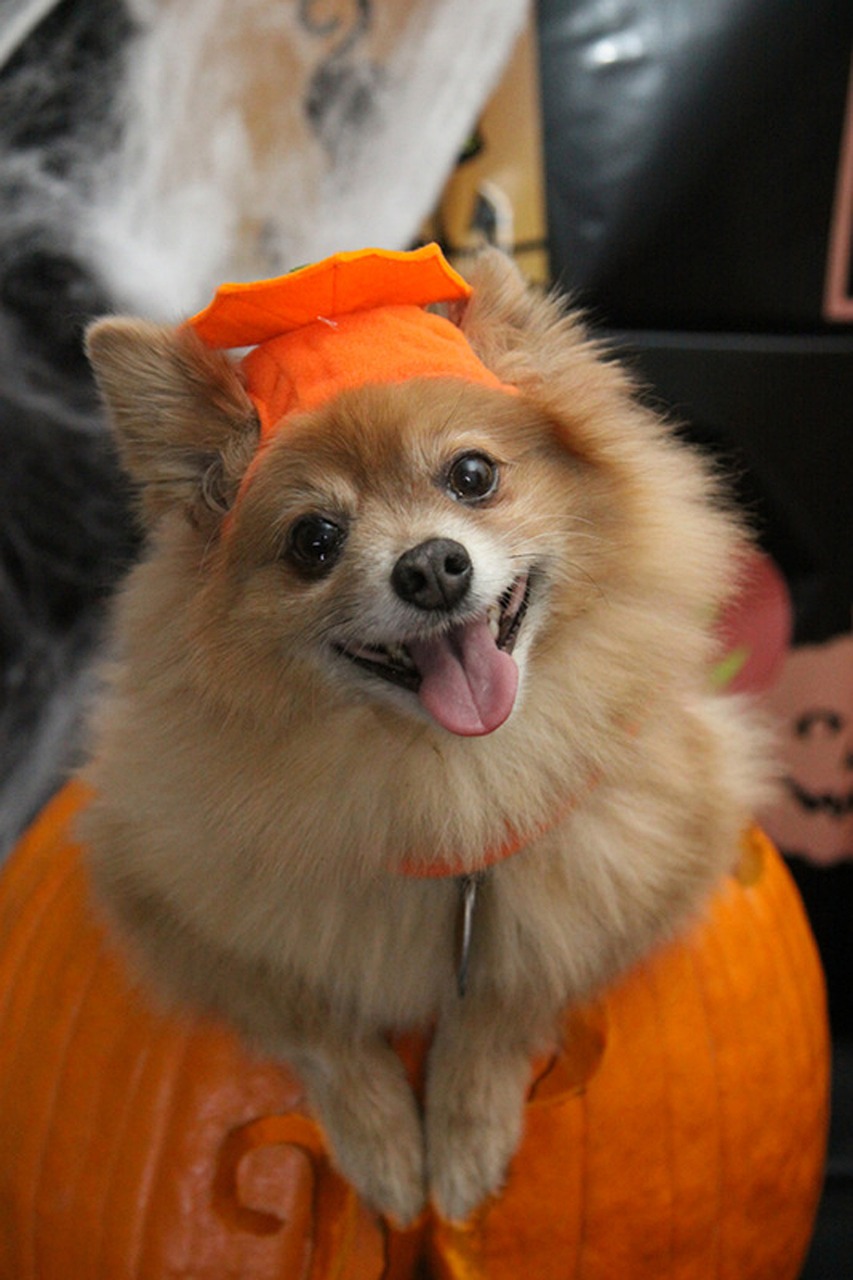
How to help Dog with Separation Anxiety
Helping a dog with separation anxiety can be a challenging but necessary process to improve their well-being and ensure they can stay calm when you're not at home. Here are some steps you can take to address separation anxiety in your dog:
1. Understand the Signs
- Recognize the symptoms of separation anxiety, which can include excessive barking, howling, whining, destructive behavior, pacing, drooling, and urination or defecation indoors.
2. Consult a Veterinarian
- Before implementing any treatment plan, consult your veterinarian to rule out any underlying medical issues that may be contributing to your dog's anxiety. Your vet can also offer guidance on managing anxiety and may recommend medication if necessary.
3. Gradual Desensitization
- Gradually acclimate your dog to being alone by leaving for short periods and then increasing the time slowly. This helps your dog build confidence and reduces the fear of being separated from you.
4. Create a Safe Space
- Designate a specific area in your home, like a comfortable crate or a room, as your dog's safe space. Make this area a positive and enjoyable environment by providing toys, treats, and cozy bedding.
5. Establish a Routine
- Dogs thrive on routines. Establish a consistent daily schedule for feeding, exercise, playtime, and potty breaks. Predictability can help reduce anxiety.
6. Obedience Training
- Enroll your dog in obedience training classes or work on training exercises at home. Teaching commands like "stay" and "down" can help your dog learn impulse control and build confidence.
7. Counter-Conditioning
- Associate your departure with positive experiences. Before leaving, give your dog a special treat or toy that they only get when you're gone. This can create a positive association with your absence.
8. Use Interactive Toys
- Provide puzzle toys or treat-dispensing toys to keep your dog mentally stimulated while you're away. These can distract them from anxiety and keep them occupied.
9. Desensitize Departure Cues
- Dogs often become anxious when they see you putting on your shoes or grabbing your keys. To reduce this anxiety trigger, practice these actions without leaving, so they no longer predict your departure.
10. Avoid Punishment
- Never punish your dog for their anxious behavior when you return home. This can increase their anxiety and make the problem worse. Instead, greet them calmly and reward them for calm behavior.
11. Consider Professional Help
- If your dog's separation anxiety is severe or doesn't improve with these methods, consider consulting a professional dog trainer or a veterinary behaviorist. They can provide specialized guidance and, if necessary, medication options.
12. Be Patient
- Overcoming separation anxiety can take time. Be patient and consistent in your efforts to help your dog. Celebrate small improvements along the way.
Remember that every dog is unique, and what works for one may not work for another. Tailor your approach to your dog's specific needs and consult with professionals when needed to ensure the best outcome for your furry friend.

